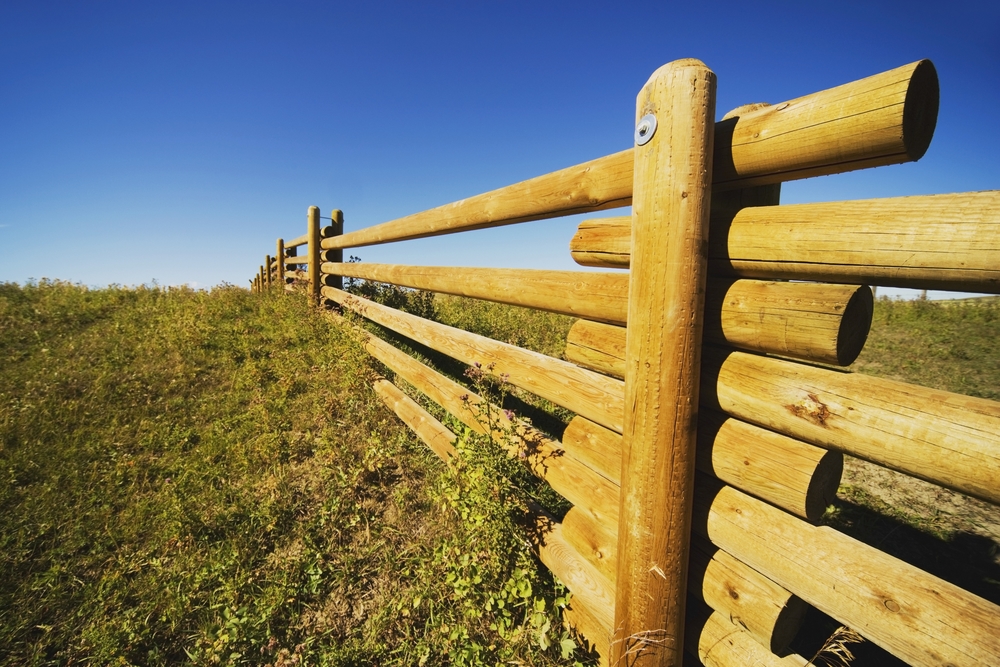In part one of this two-part blog series, we went over some of the initial considerations you should be making when it comes to fence posts during a DIY fence installation. Fence posts set the foundation for the entire fence, helping it stay standing through heavy winds or other elements, and they cannot be skimped on or ignored during this process.
At Utah Fence Warehouse, our fence contractors are proud to assist with tips and expertise for all elements of your DIY fence installation, including offering fence supplies and accessories for your project. In today’s part two of our series, we’ll go over the choices at your disposal for the material you’ll be setting your fence posts in, plus give you some general tips on how professionals can assist you with this project.

Crushed Gravel
Many performing DIY fence installations choose crushed gravel as the material to set their posts in, and the primary reason for this is how easy it is to remove if you decide to take down or alter your fence in the future. Crushed gravel is also known for its ability to drain moisture away from the post, a major positive when rain or other moisture seeps into the area beneath the fence and risks corrosion of the posts.
On the other side of the coin, while gravel interlocks to mimic the strength of concrete, it doesn’t rate out as quite as strong in the long run. It’s true that concrete might be tougher to remove in the future, but a more durable fence to begin with limits the potential need for such a removal anyway.
Concrete
For the most secure possible fence posts, concrete is the setting material to use. This is particularly true if you’re dealing with sandy, looser soil – gravel often does alright in denser soil that’s weighed down by clay or other heavy elements, but it will have trouble sticking in looser situations while concrete will not.
If you choose this route, the easier and more secure method here is to use premixed concrete rather than dry concrete. In addition, when you pour concrete, fill the hole a little more than to surface level, creating a small dome at the top. This causes water that might otherwise seep into the base of the post and risk rotting it to instead run off and away from the post.
Professional Assistance
One general note for this entire process: While we fully support handy property owners looking to perform DIY installations and save money, it’s vital that you have the skills and technical wherewithal to carry this project out safely and effectively. If you’re not confident in any part of your skills here, our team will be happy to assist you for a low, affordable cost. Don’t let your pride risk your safety or the long-term viability of your fence when you have friendly professionals standing by to assist you as needed.
For more on DIY fence installation and the importance of fence posts, or to learn about any of our wood, vinyl, wrought iron or other fencing materials, speak to the staff at Utah Fence Warehouse today.

